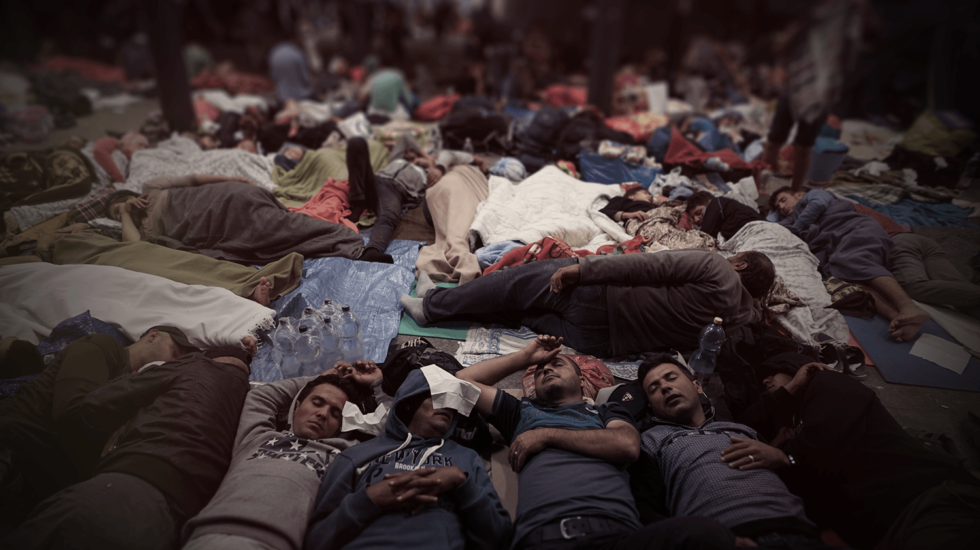President Joe Biden bowed to growing criticism from fellow Democrats and refugee activists on Monday and increased the cap on the number of refugees allowed into the United States over the next six months to 62,500.
It marks a rapid reversal of what the White House had announced weeks ago. Then, Biden said the cap on the number of people allowed to come to the U.S. to escape war, violence and natural disasters would remain at 15,000 — the historically low figure established by former President Trump. Biden had faced major backlash for keeping the number at the low level, after pledging to take a more humanitarian approach to the refugee issue during the 2020 presidential campaign. The White House released a statement Monday afternoon from the president discussing the policy reversal.
“Today, I am revising the United States’ annual refugee admissions cap to 62,500 for this fiscal year. This erases the historically low number set by the previous administration of 15,000.”
But while the cap has been raised, the administration admits it is unlikely to reach the max figure, due to a variety of factors. “The sad truth is that we will not achieve 62,500 admissions this year,” Biden said in that statement. “We are working quickly to undo the damage of the last four years. It will take some time, but that work is already underway.”
Biden’s statement also noted that by adjusting the regional allocations in April, they have already increased the number of refugees who are ready to come to the U.S. The abrupt shift in policy drew praise from several lawmakers, including Colorado Representative Jason Crow.
The increase in the refugee cap is also a sign to some that the Biden Administration is paying attention to criticism from Democrats on the hot-button immigration issue.
The 62,500 refugee cap will be broken down into the following allocations: 22,000 from Africa; 6,000 from East Asia; 4,000 from Europe and Central Asia; 5,000 from Latin America and the Caribbean and 13,000 from the Near East and South Asia. About 12,500 spots are marked as “unallocated,” which provides flexibility.
